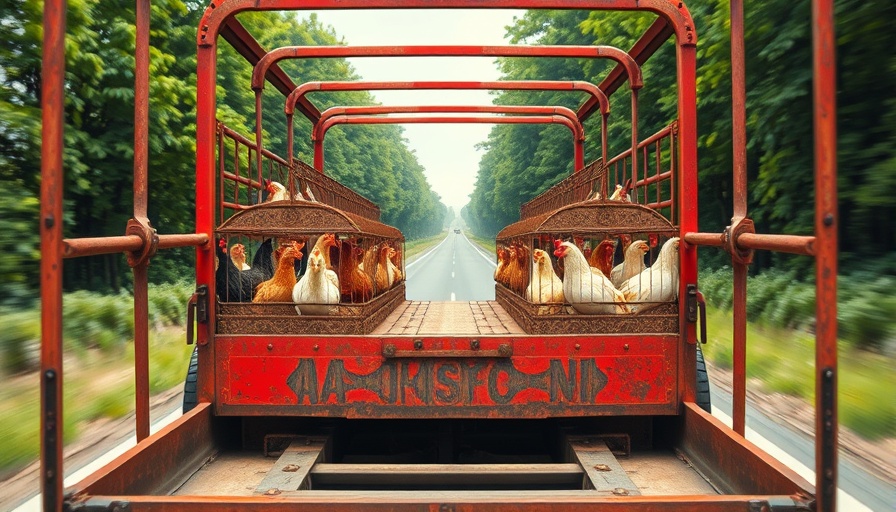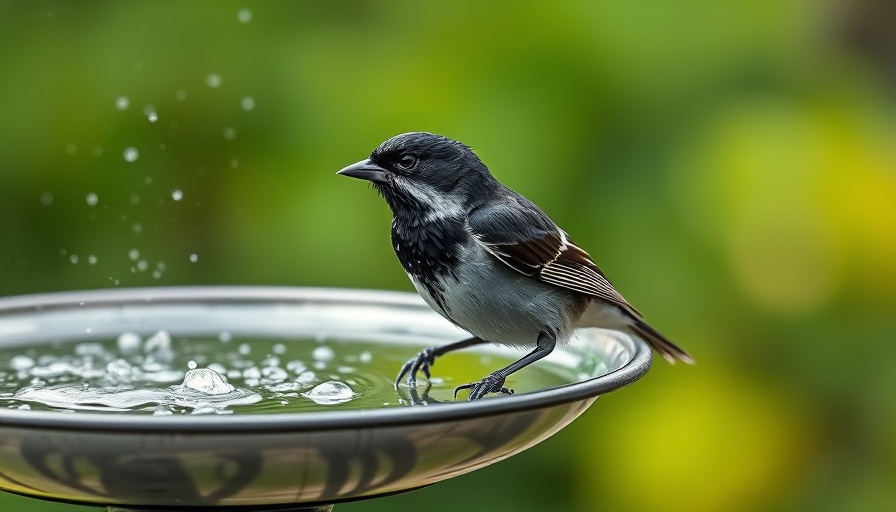
Understanding the Risks: The Evolution of Bird Flu
In recent years, the evolution of avian influenza, particularly the H5N1 strain, has raised significant alarm among health professionals and scientists alike. Although infections in humans remain rare, the mortality rate associated with H5N1 is staggering; nearly 50% of infected individuals have succumbed to the disease since 2003. This stark statistic draws parallels to historical pandemics, underlining the urgency of vigilance and swift action.
The Path of Evolution: Spillover and Its Implications
The mechanisms through which bird flu could potentially transition from animals to humans involve a complex process known as spillover. Understanding this process is crucial. This phenomenon occurs when a disease-causing pathogen, adapted to a specific animal species, mutates sufficiently to infect a new host—possibly humans. Spillover is not merely an automatic process; rather, it demands precise molecular adaptations, akin to finding the right key for a lock. The challenges inherent in this process remind us that, while not every variant will successfully make the jump to humans, the potential for catastrophic outcome is ever-present.
Current Trends: Animal Outbreaks and Human Cases
As of late, the concerning rise of H5N1 outbreaks among wild and domestic animal populations has coincided with a minimal number of reported human cases, primarily among those with close contact to infected animals. This situation paints a vivid picture of the ongoing risk posed by zoonotic diseases. As we observe these trends, it becomes increasingly evident that preventive measures at a global scale are pivotal. Surveillance programs and responsible animal husbandry must be prioritized to mitigate the risks posed by emerging infectious diseases.
Possible Futures: What Can We Do?
Foreseeing a potential disaster related to H5N1 isn't merely speculation; it's a call to action. Historical analyses indicate that pandemics are often precipitated by human behavior. Therefore, understanding these behavioral factors is essential in our strategy to prevent future outbreaks. Continued research and public health initiatives play a vital role in delaying or even preventing the human adaptation of H5N1. Armed with knowledge and proactive measures, we can significantly decrease the chances of a global health emergency.
Concluding Thoughts
As we navigate the complexities of avian influenza, from its animal origins to potential human impacts, the importance of research, awareness, and preventive strategies comes into clear focus. Society must remain vigilant and proactive; conditions permitting the uninterrupted evolution of H5N1 will only multiply the risks we face. Let’s take lessons from history and apply them today to secure a healthier tomorrow.
 Add Row
Add Row  Add
Add 




Write A Comment